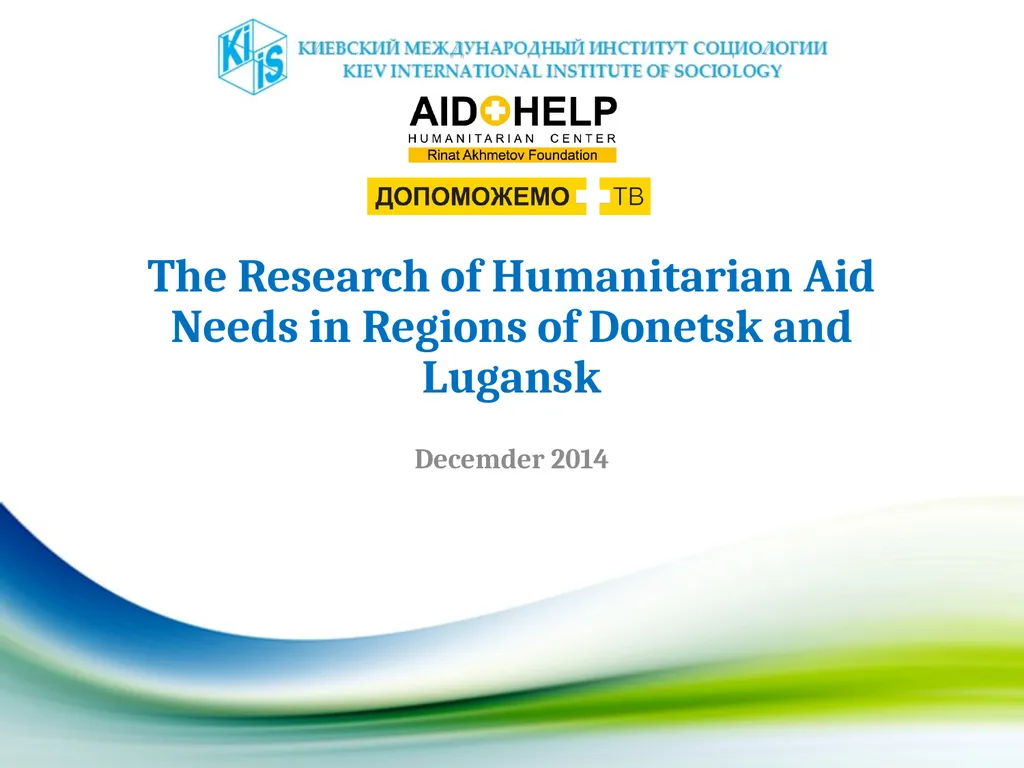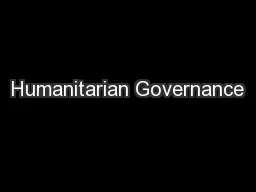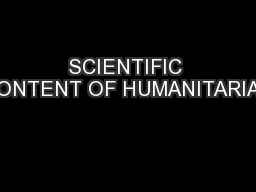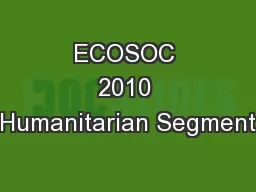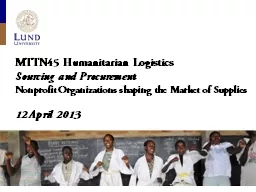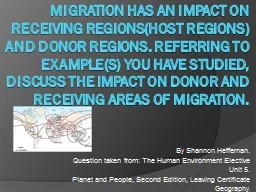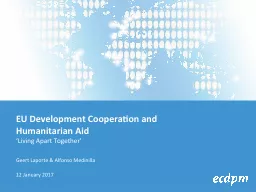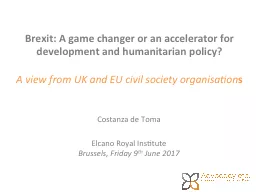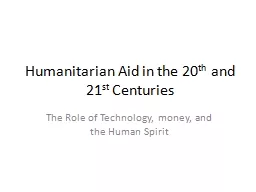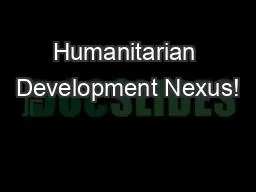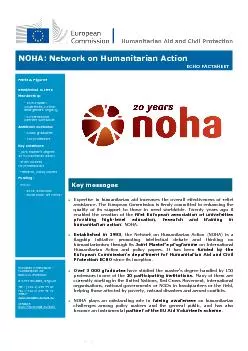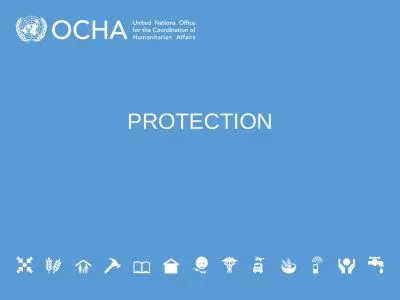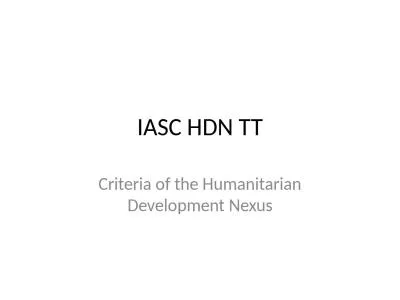The Research of Humanitarian Aid Needs in Regions
Author : jane-oiler | Published Date : 2025-07-18
Description: The Research of Humanitarian Aid Needs in Regions of Donetsk and Lugansk Decemder 2014 Methodology The research was conducted during December 216 2014 on demand of the Rinat Akhmetov Humanitarian Center and Dopomozhemo TV 2
Presentation Embed Code
Download Presentation
Download
Presentation The PPT/PDF document
"The Research of Humanitarian Aid Needs in Regions" is the property of its rightful owner.
Permission is granted to download and print the materials on this website for personal, non-commercial use only,
and to display it on your personal computer provided you do not modify the materials and that you retain all
copyright notices contained in the materials. By downloading content from our website, you accept the terms of
this agreement.
Transcript:The Research of Humanitarian Aid Needs in Regions:
The Research of Humanitarian Aid Needs in Regions of Donetsk and Lugansk Decemder 2014 Methodology The research was conducted during December 2-16, 2014 on demand of the Rinat Akhmetov Humanitarian Center and “Dopomozhemo TV“. 2 Quantitative Component The project estimated the humanitarian aid needs of community residents in both the Region of Donetsk and the Region of Lugansk. Inquiries were held by Kiev International Institute of Sociology (KIIS) applying the Computer Assisted Telephone Interviewing method (CATI). Respondents at the age over 18 were inquired. Sample size: 2101 respondents from 26 most needing communities were inquired in December (It was not possible to hold the inquiry in Pervomaysk due to telephone communications failure). According to the September inquiry results communities were classified, joining under one class if having similar aid needs structure (hierarchical cluster analysis method applied). Such an analysis made it possible to distinguish a group of communities, the residents of which are in the most aid need, and focus the further needs research on those particularly. In the inquiries, held from October to December, the current resident needs in foodstuff, medical supplies and non-grocery goods were investigated, as well as the work of medical and educational facilities, communications status. 3 Qualitative Component Analytical notes on each of the communities were prepared basing on combination of several data collection methods, applied in Sociology: Ethnomethodology method – a behaviour research through empirical observation of daily routines. Local residents are considered to be experts, competent in their everyday experiences. Participant observation method – informal collection of research-relevant data, conducted by the researcher himself (mostly notes authors were located in their research communities or quickly conveyed the information to Kyiv). Expert interview – obtaining a unique expert information from the professionals in research-relevant areas – medicine (doctors, apothecary pharmacist), transportation (operators), humanitarian aid (government and Territorial Social Services Centres employees). Key informant method – obtaining a unique information from those possessing the knowledge of current situation (taxi drivers, shop assistants and market salesmen) + information from local media. Social networks monitoring – obtaining a unique information from the on-line content, generated by residents in communities of social network VKontakte. 4 Inquiry Geography 5 Main Results Real-life Situation Estimation 7 In the past month the number of people, estimating the situation as unbearable (“not possible to bear our misery”), has increased by 7% November December Not so bad, you can live on Not possible
